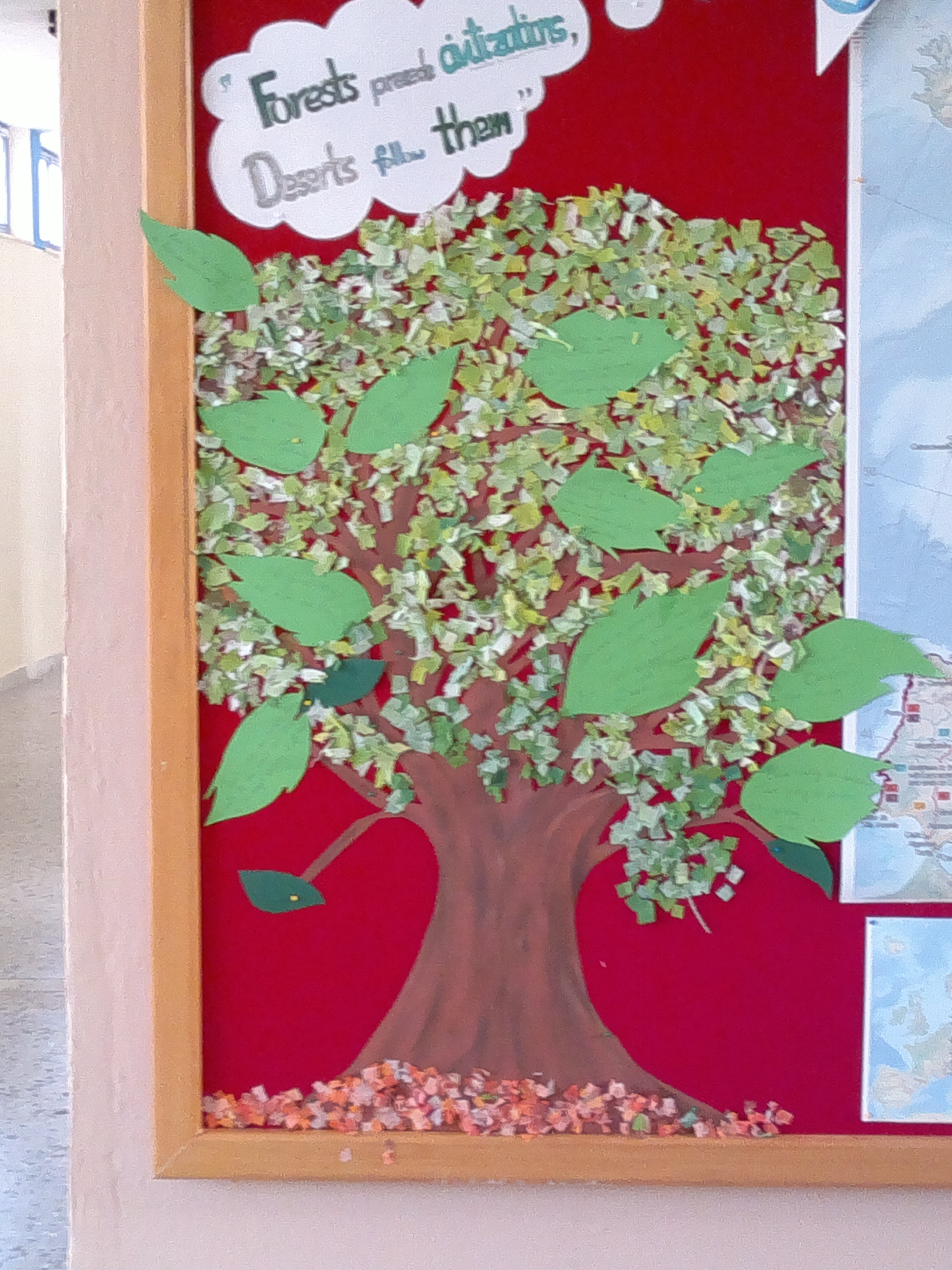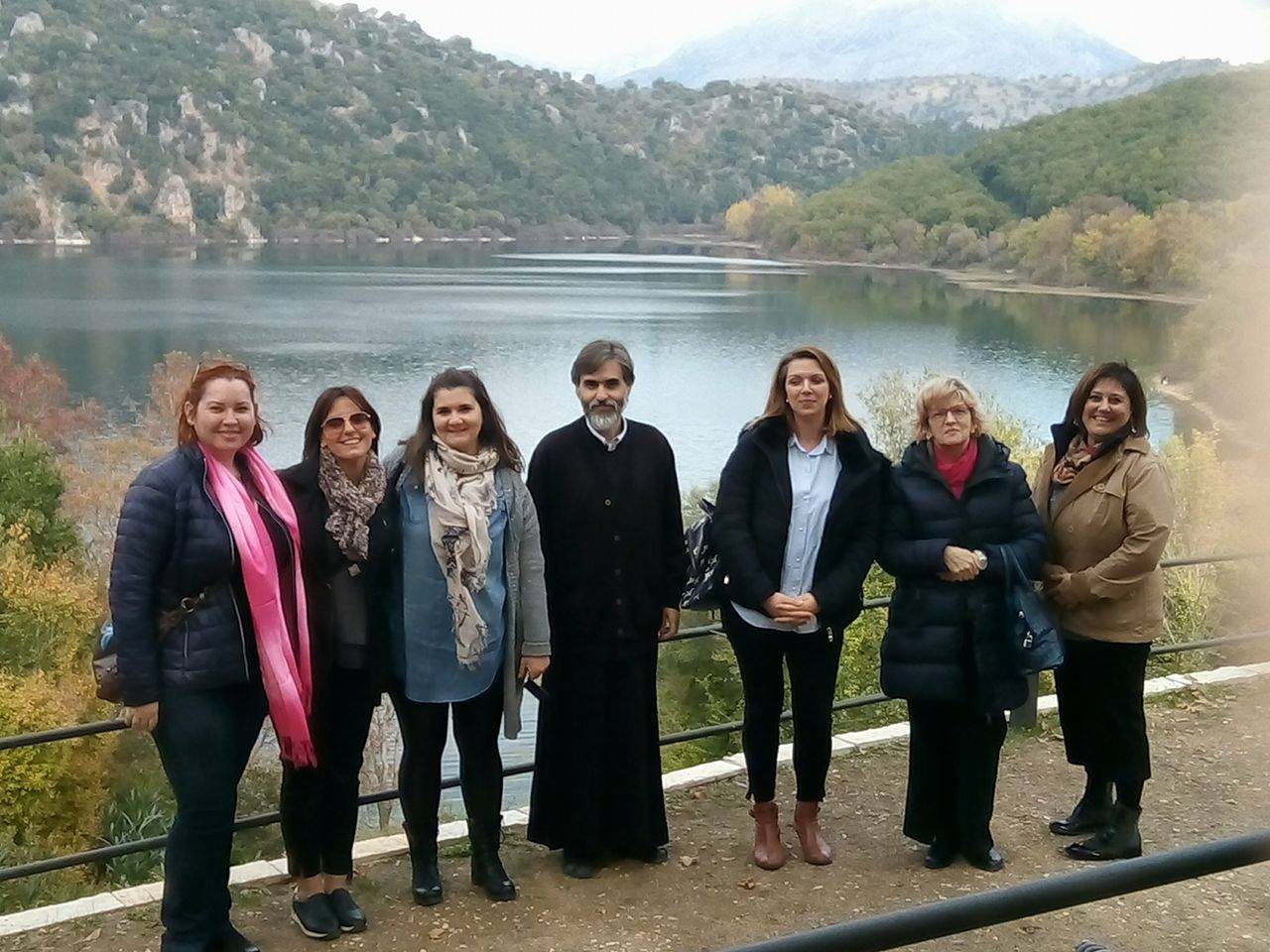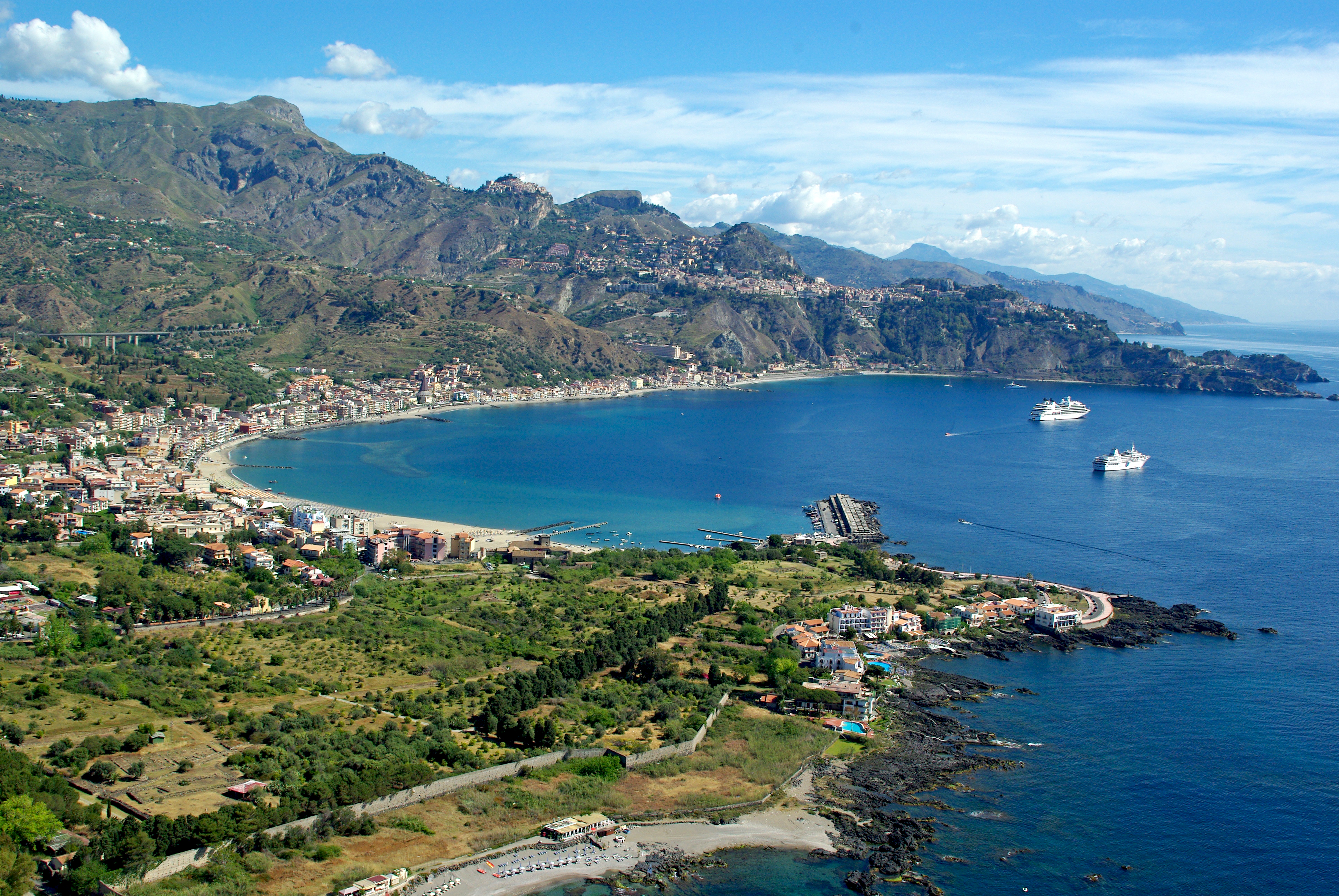REPORT
“European Path (e)Motion”
2017–1–EL01– KA219 – 036151
The
second mobility of the Erasmus+ Project “European Path (e)Motion” -
KA219 Strategic Partnership for Schools only – 2017-1-EL01-KA219-036151 –
took place in Romania from 9th to 15th December
2018, as planned in the project and during the first transnational
meeting. The programme organized by Liceul Teoretic “Aurel Lazăr” – the host school, included the following activities:
Monday
In
the morning the greeting ceremony started in the school entrance hall
where the guests were expected by the Romanian students dressed in
traditional popular costumes who offered them homemade bread and salt as
the symbol of hospitality, showing that the guests are welcomed. The
ceremony was started by the head teacher, Mr Gheorghe Tirla who greeted
the Erasmus+ international delegation. The guests were invited into the
assembly hall where the programme of the activities included in the
mobility week was presented. In the first workshop each team presented
specific themes related to the Artistic Path that was followed by a workshop called “Art from the bin”.
During this activity the students created different objects from
recycled newspapers using the napkin decoupage technique. The exhibition
displayed all the objects created by international teams of students.
In the afternoon students and teachers admired the Art Nouveau building
in the centre of the town of Oradea as part of the Architectural Path.
Tuesday
The morning was devoted to psycho – kinetic activities. Each partner school used the theatrical play across the paths with environmental or humanitarian approach. The
theatrical plays were filmed and will be uploaded in the blog. The
staff considered that all the plays presented by the three teams of
students were of good quality, had strong humanitarian messages and were
well chosen and acted to answer the requirements of the project. The Historical Path
was followed in the afternoon by visiting the Fortress of Oradea. The
students and teachers took part in a visit in the Fortress Museum to
discover the reason why it is the symbol of the city. Then they
participated in a workshop specially organised for them at the
Craftsman’s House, situated inside the walls of the fortress to get in
touch with an old traditional craft – creation of Christmas decorations
from colourful beads.
Wednesday
The theme of the path for this day was related to spirituality – the Spiritual Path
– that took students and teachers to the most beautiful churches and
synagogues of the city. In the afternoon, the Erasmus+ teams were at
school again to take part in the workshop “Emotional health – Euphoria – Expression”.
The students, separated in three transnational groups, expressed their
experience of pleasure, excitement and intense feelings of well-being
and happiness by creating land art posters for which they used materials
from several paths in Romania or brought from their countries. During
the workshop each team created a poster and the 3 posters were
exhibited in the project room. The last activity of the day – the Christmas Path –
led the students and teachers to the Christmas Fair (in the centre of
the city) that consisted of numerous stalls offering traditional baked
goods and hot food, lots of artisanal objects created by craftsmen from
the nearby villages, quality regional organic products and herbal
remedies to prevent or cure diseases sold by accredited producers,
seasonal and festive decorations, Christmas and gift items, etc.
Thursday
The entire day was dedicated to the Speleological Path combined with the first part of the Rural Path.
The study trip was an opportunity for students and teachers to admire
the beautiful structures sheltered by “The bears’ cave” that is also a
remarkable paleontological deposit – the bones of Ursus Spealeus. The cave is situated at the
border of Apuseni Natural Park and it is the first cave in Romania
arranged according to modern tourism standards that was accidentally
discovered in 1975 inside the limestone quarries from Chișcau village.
On the way back to Oradea the group stopped at the town of Beiuș to take
part in presentations of some old crafts (e.g. creations of collars of
beads, egg kerning, carpet weaving) and at Brătești village to visit an
old little wooden church (built in 1738 in Sitani village and brought to
Brăteşti in 1977) and to taste the traditional pies (as part of the
village cuisine) and to feel the Christmas atmosphere by singing carols
in the church.
Friday
The Monastic Path took the participants to the Holy Cross Monastery – a monastic ensemble founded in 1994. The building is covered on the outside in paintings which are unique in Transylvania. On Friday morning, the team experienced another path – the Winemaking Path part of the Rural Path that included a visit to a wine cellar in Lugaș village where the Erasmus+ group were presented the winemaking process and where they tasted some traditional rural products: pork sausages, bacon and greaves, goulash, polenta with cream and cheese. The visit to the village church in Țețchea was doubled by a surprise as the international Erasmus+ team was invited to the local school where the lower secondary students sand some Christmas songs and where they tasted the pancakes of the area.
The Monastic Path took the participants to the Holy Cross Monastery – a monastic ensemble founded in 1994. The building is covered on the outside in paintings which are unique in Transylvania. On Friday morning, the team experienced another path – the Winemaking Path part of the Rural Path that included a visit to a wine cellar in Lugaș village where the Erasmus+ group were presented the winemaking process and where they tasted some traditional rural products: pork sausages, bacon and greaves, goulash, polenta with cream and cheese. The visit to the village church in Țețchea was doubled by a surprise as the international Erasmus+ team was invited to the local school where the lower secondary students sand some Christmas songs and where they tasted the pancakes of the area.
An
assessment questionnaire on the activities of the mobility provided
relevant information about the progress and effectiveness of the
project.

 Erasmus+ Corner
Erasmus+ Corner Transnational Meeting
Transnational Meeting Library
Library High School of Thesprotiko
High School of Thesprotiko Caminiti Trimarchi
Caminiti Trimarchi Liceum Teoretic Aurel Lazar
Liceum Teoretic Aurel Lazar  Thesprotiko
Thesprotiko Giardini Naxos
Giardini Naxos Oradea
Oradea Kokkinopilos
Kokkinopilos
No comments:
Post a Comment